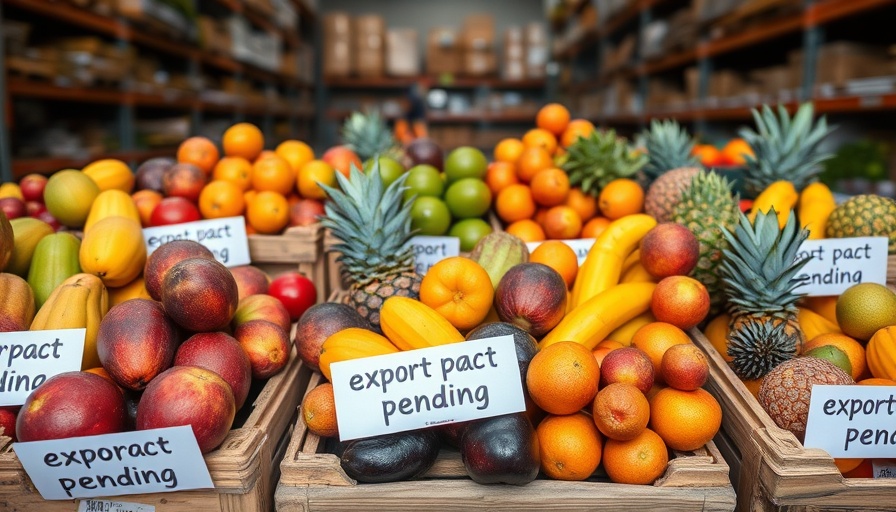
The Expanding Feed Binders Market: A Growth Story
The global feed binders market is undergoing remarkable growth, with forecasts estimating an increase from a valuation of $1.2 billion in 2021 to approximately $2.4 billion by 2031. This impressive growth trajectory, at a compound annual growth rate (CAGR) of 7.1%, is propelled by rising demand in sectors like processed meat and an overall increase in meat consumption worldwide.
A Key Driver: The Surge in Processed Meat Demand
The demand for feed binders directly correlates to the burgeoning processed meat industry. Better animal health and nutrition inherently lead to higher-quality meat production. By improving the digestive performance and palatability of animal feed, binders play a crucial role in enhancing livestock productivity. Furthermore, the pandemic-induced pet ownership boom has been a significant driver. With households adopting pets for companionship during lockdowns, the output of pet food—where binders are essential—has surged as well.
Industry Challenges: Regulations and Production Costs
Despite the growth opportunities, challenges persist in the feed binders market. Regulatory scrutiny concerning synthetic binders has increased globally, leading to restrictions on their use. Additionally, rising raw material costs challenge both producers and consumers, limiting the growth of the feed binders sector. Producers must navigate these complexities to sustain market competitiveness while accommodating fluctuating costs.
The E-Commerce Revolution in Feed Binders
Moreover, the pandemic has significantly altered distribution channels, enhancing the importance of e-commerce platforms for feed binders. Companies are increasingly turning to online distribution to maintain and expand their market presence. This shift not only aligns with changing consumer buying behaviors but ensures better accessibility and convenience for both producers and consumers.
Global Perspectives: Regional Opportunities
Regionally, Asia-Pacific is projected to maintain its dominance in the feed binders market. The expected growth of meat consumption in emerging economies like India, China, and Indonesia further bolsters the demand for quality feed. A World Bank study supports the projection that industrialized meat production will multiply at a faster rate than traditional methods, indicating ample opportunities for key stakeholders in the industry.
Diversity of Feed Binder Types: Natural vs. Conventional
The market is segmented based on types of feed binders, primarily calcium lignosulphonate and guar gum. The conventional binders dominate due to cost-effectiveness, while the demand for natural alternatives is rising, reflecting a consumer trend toward organic products. Adaptation to these trends will be essential for businesses hoping to capture market share effectively.
Conclusion: Navigating a Dynamic Landscape
The future of the feed binders market presents a blend of opportunities and challenges. Industry players must remain responsive to changing consumer preferences, regulatory landscapes, and market dynamics to capitalize on the ongoing growth trend. Keeping a finger on the pulse of innovation and sustainability practices may not only enhance competitiveness but also align with the increasing consumer demand for transparency and quality in food production.
Ultimately, the feed binders market reflects broader economic trends, emphasizing the interconnectedness of agriculture, health, and commerce. Stakeholders in the industry should be poised to navigate this increasingly complex environment, setting themselves up for long-term success.
 Add Row
Add Row  Add
Add 




Write A Comment